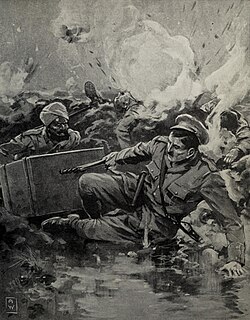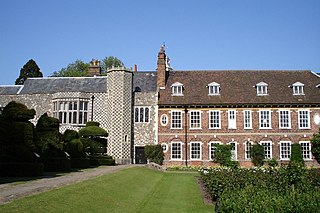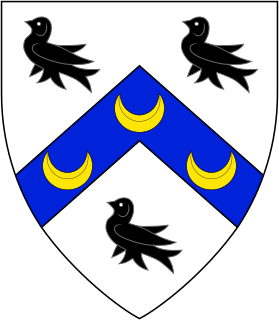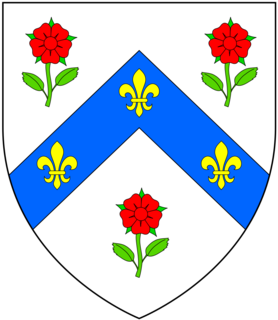
The title Marquess of Halifax was created in the Peerage of England in 1682 for the George Savile, 1st Earl of Halifax.

There have been six baronetcies created for persons with the surname Smyth, two in the Baronetage of England, one in the Baronetage of Great Britain, one in the Baronetage of Ireland and two in the Baronetage of the United Kingdom. One creation is extant as of 2010.

There have been two Baronetcies created for persons with the surname Austen, one in the Baronetage of England and one in the Baronetage of Great Britain. Both creations are extinct.
There have been six Forster Baronetcies, four in the Baronetage of England, one in the Baronetage of Ireland and one in the Baronetage of the United Kingdom. All are extinct.
There have been five baronetcies created for persons with the surname Vavasour, three in the Baronetage of England and two in the Baronetage of the United Kingdom. As of 2008 four of the creations are extinct while one is extant.
There have been nine baronetcies created for persons with the surname Lloyd, three in the Baronetage of England, three in the Baronetage of Great Britain and three in the Baronetage of the United Kingdom. Two of the creations are extant as of 2010.
Four baronetcies have been created in the surname of Fowler, all of which are now extinct.
There have been six baronetcies created for persons with the surname Newton, three in the Baronetage of England, one in the Baronetage of Nova Scotia and two in the Baronetage of the United Kingdom.

There have been seven baronetcies created for persons with the surname Watson, one in the Baronetage of England, one in the Baronetage of Great Britain and five in the Baronetage of the United Kingdom. One creation is extant as of 2016.

The Nightingale Baronetcy of Newport Pond is a title in the Baronetage of England and a rank in the British aristocracy. It was created by King Charles I of England, on 1 September (1628), and is one of the oldest baronetcies to remain active in the United Kingdom.
The baronetcy of Conyers of Horden was created in the Baronetage of England on 14 July 1628 for John Conyers of Horden, County Durham.

There have been five baronetcies created for members of the old established family of Peyton of Peyton Hall in the parish of Boxford in Suffolk, all of whom were descended from Sir Robert Peyton (d.1518) of Isleham in Cambridgeshire, grandson and heir of Thomas Peyton (1418–1484) of Isleham, twice Sheriff of Cambridgeshire and Huntingdonshire, in 1443 and 1453. All the baronetcies are extinct.
The Bland Baronetcy, of Kippax Park in the County of York, was a title in the Baronetage of England. It was created on 30 August 1642 for Thomas Bland, of Kippax Park, near Leeds, Yorkshire, in honour of his father's service to King Charles I. The third Baronet succeeded his father as an infant, died at the age of five and was succeeded by his brother who was Member of Parliament for Appleby 1681 and for Pontefract 1698–1713. The fifth Baronet represented Lancashire 1713–27 and the sixth Baronet served as member for Ludgershall 1754–5. His brother succeeded in 1755 but died in 1756, at which time the baronetcy became extinct.

There have been four baronetcies created for persons with the surname Cope.

The Elwes Baronetcy of Stoke-by-Clare in the County of Suffolk, was a title in the Baronetage of England held by the Elwys family, whose name through the years has alternately been spelled Helwish, Helewise, Helwys, Elwaiss and Elwaies.

There have been seven baronetcies created for persons with the surname Herbert, three in the Baronetage of England, one in the Baronetage of Ireland and three in the Baronetage of the United Kingdom. All creations are extinct.

The Stepney Baronetcy, of Prendergast in the County of Pembroke, was a title in the Baronetage of England. It was created on 24 November 1621 for John Stepney. His son, Sir John, the third Baronet represented Pembroke and Haverfordwest in Parliament. The latter's nephew, the fourth Baronet, married Justina, daughter of Sir Anthony van Dyck. Their only son, Sir Thomas, the fifth Baronet, sat as Member of Parliament for Carmarthenshire. Sir Thomas's great-grandson, Sir John, the eighth Baronet, represented Monmouth in Parliament and served as Envoy to Dresden and Berlin. The eighth Baronet never married and was succeeded by his younger brother, Sir Thomas, the ninth Baronet, on whose death in 1825 the baronetcy became extinct.

Sir Christopher Conyers, 2nd Baronet (1621–1693), was one of the Conyers baronets and Lord Lieutenant of Durham. He married, firstly Elizabeth Langhorne and secondly, Julia Lumley, the daughter of Richard Lumley, 1st Viscount Lumley.

The Assheton Baronetcy, of Lever in the County of Lancaster, was created in the Baronetage of England on 28 June 1620 for Ralph Assheton. The second Baronet sat as Member of Parliament for Clitheroe. The title became extinct on the death of the fourth Baronet in 1696.

The Abdy baronetcy, of Albyns, in the County of Essex, was created in the Baronetage of England on 9 June 1660 for Robert Abdy. It became extinct on the death in 1759 of the 4th baronet.